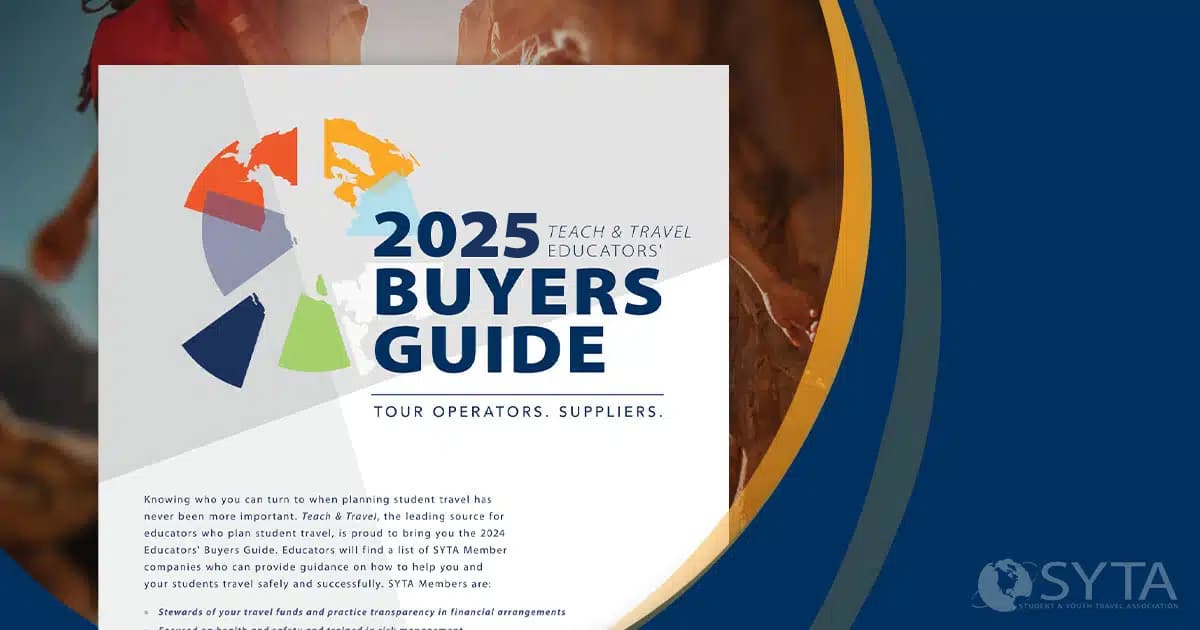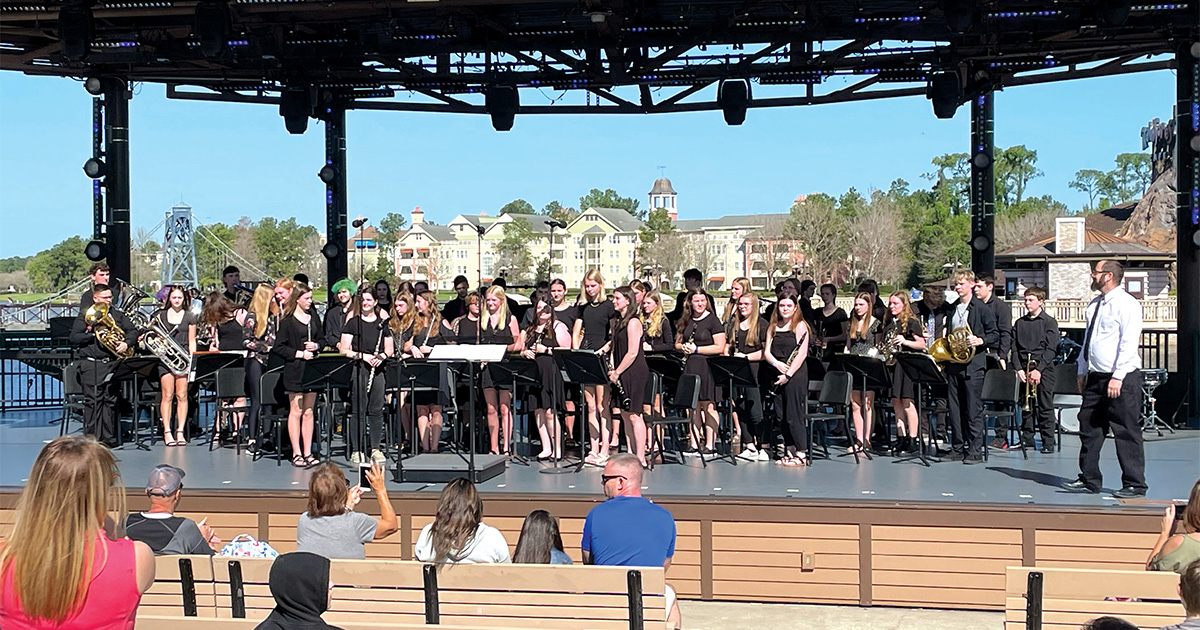Media has taken on a new role in the lives of our students. Everyone with a smart phone contends with the 24-hour news cycle and the use of social media to share information. With information at everyone’s fingertips, it is important that our students understand the basics of media literacy, how to vet sources, and the importance of using evidence to support their beliefs and opinions.
These topics will help your students gain critical thinking skills and engage with others who may not have the same values, beliefs, and perspectives as they do.
Today we can watch the news on television, listen on the radio, use an app or website, or even have a newspaper delivered. Think for a minute about how you gather news and information, then consider how that might be different for your students. Tweens and teens use social media to access news more often than those over eighteen years old. A 2022 report from the Pew Research Center explains how much students turn to YouTube, TikTok, Instagram, and Snapchat. In fact, 54 percent of teens in that survey say it would be hard for them to give up social media.
Navigating the variety of available media streams starts with understanding that media was created by someone for a specific purpose. We must teach our students to be smart consumers of the information they gather. Common Sense Media has defined media literacy and notes the importance of teaching students about media itself. How we react to media, engage with media, and are influenced by media should be analyzed and considered as you filter information and news.
We know students are exposed to all kinds of media, so how do we teach students to critically examine the information they gather? It must start with identifying the role of media in our society and the ways media shapes the way we see the world and how it influences us. Our students need to be exposed to the subtle (and not so subtle) ways they are being influenced. Recent data shows that more money was spent on social media advertising globally than any other media platform. There are many great resources that exist to teach students about media. PBS Learning Media has a collection about News and Media Literacy, featuring videos, blogs, and lesson plans about fake news, fact-checking, and navigating the web.. The ‘Crash Course’ series on YouTube has twelve episodes on media literacy that cover topics ranging from persuasion, economics, and advertising.
We expect that our students will use media when learning and researching new topics. Once they have an appreciation for media in our society, they must also understand how to evaluate media. There are lots of ideas about how to best analyze and vet sources where we gather information. Most agree on the same basic principles and questions to ask when considering the validity and the message presented. Students must learn to question: 1) the authors and their intended audience, 2) the message and techniques used to share information, and 3) the accuracy and creditability of the information. The Modern Language Association (MLA) published a checklist for evaluating sources and also an accompanying lesson plan to use with students.
The role of all educators is not to indoctrinate but to facilitate learning and understanding. We want our students to understand how to gather information for themselves and make meaning of it rather than telling them what to think. We know our students are on social media and teachers can embrace that while teaching. Lean into the way that students use media as a positive tool in your classroom. Ask students to respond with a tweet, to create a mock Instagram campaign, or to put history to modern music with a TikTok video.
The best thing teachers can do is model what it looks like to be a life-long learner. We can ask questions that help students stay informed, help students to reflect, and that require students to support their opinions and ideas with facts and reasoning. We must ensure that students are taught the importance of seeing an issue from multiple perspectives – and provide them with the tools to evaluate the variety of sources sharing information on a given topic.
Article written by Carrie Weber for WorldStrides.com.
Carrie Weber serves as an Associate Director of Curriculum and Academics for WorldStrides. She holds an M.Ed. in Secondary Science Education and a B.S. in Physics. Ms. Weber earned a STEM Leadership certificate through the NASA Endeavor program and has completed coursework on anti-bias education. She taught middle and high school science in the traditional classroom for 14 years, is certified and licensed in several states, and holds multiple College Board AP certifications.




